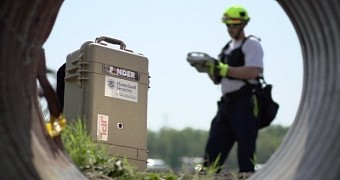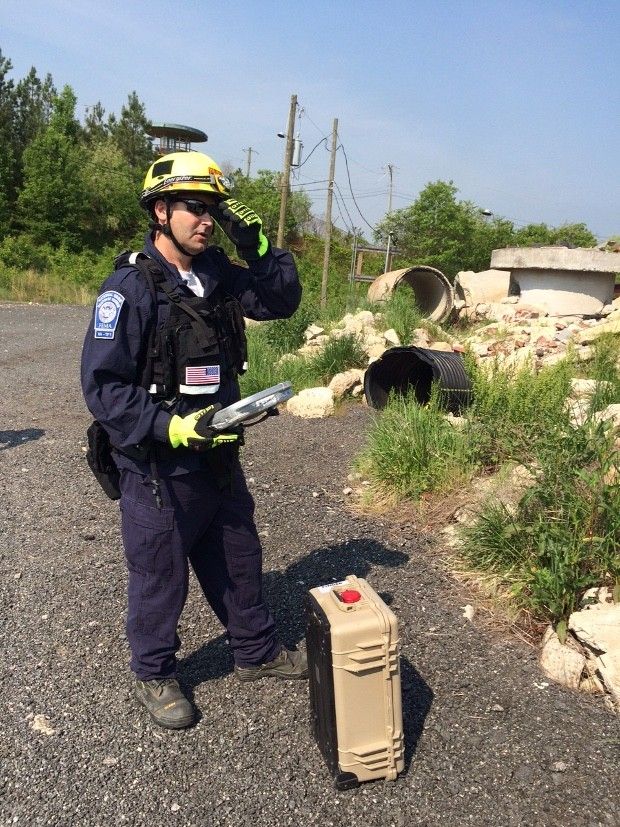On April 25, Nepal was rattled by a 7.8-magnitude earthquake. In the aftermath of the shake, folks at NASA had a pair of prototype devices based on a novel remote-sensing technology sent to this country in Asia.
The devices, dubbed FINDER (Finding Individuals for Disaster and Emergency Response), were developed by Jet Propulsion Laboratory researchers in collaboration with the US Department of Homeland Security.
Once in Nepal, the high-tech FINDER devices were put to work searching for survivors buried under bricks, mud and other debris. They have so far helped rescue four men and will most likely save other lives in the days to come.
The devices recorded the men's heartbeats
The novel microwave-radar technology that guided search and rescue crews to the earthquake survivors found and located the four men by zooming in on their heartbeats.
The prototype FINDER devices, no bigger than a suitcase, managed to record these people's heartbeats despite the fact that the men were buried under about 10 feet (3 meters) of debris.
NASA says that the technology can pick up on the presence of people covered by up to 30 feet (9 meters) of rubble, once again by detecting beating hearts or hectic breaths.
It can also sense individuals hidden behind a wall of solid concrete measuring about 20 feet (6 meters) in thickness. In the open, it has a range of 100 feet (30 meters).
As explained by scientists, the FINDER devices work by bouncing microwaves off objects and analyzing the signal that comes back their way.
Complex algorithms allow the state-of-the-art devices to identify signs of even the slightest disturbance or motion, i.e. somebody's breath or heartbeats.
The technology could help find alien life
NASA's working agenda boils down to, well, space exploration. Having helped develop the FINDER technology, the agency now hopes to use it to track down signs of alien life.
More precisely, the space agency expects that devices like the ones sent to Nepal to locate earthquake survivors will one day serve to find evidence of life on distant planets.
“NASA technology plays many roles: driving exploration, protecting the lives of our astronauts and improving - even saving - the lives of people on Earth.”
“FINDER exemplifies how technology designed for space exploration has profound impacts to life on Earth,” researcher David Miller told the press in an interview.

 14 DAY TRIAL //
14 DAY TRIAL // 

